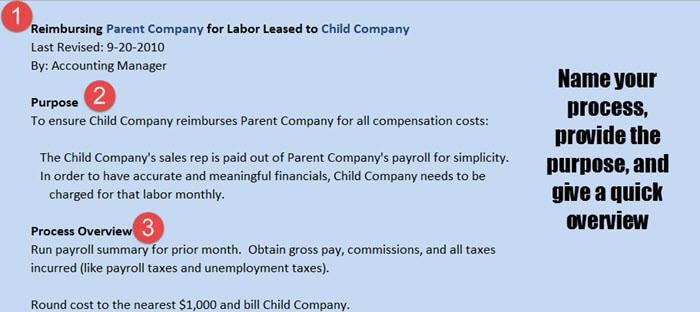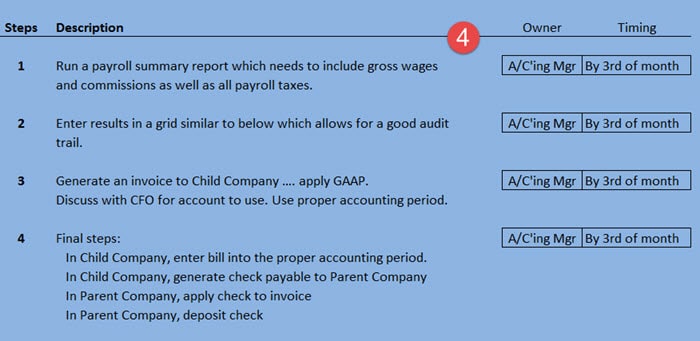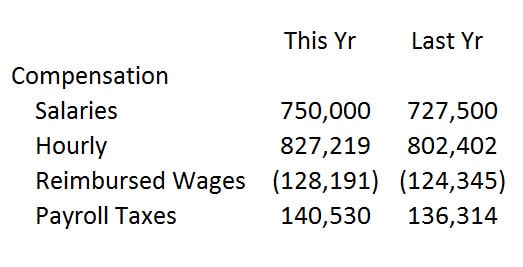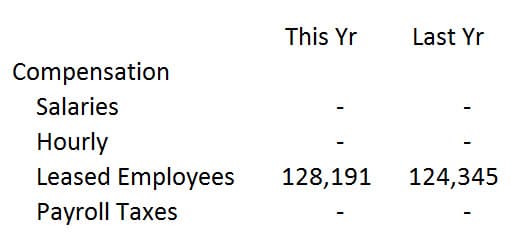I hate intercompany accounting. Not because it’s hard. But because it’s rarely done correctly by small businesses. When the accounting department makes some attempt at intercompany transactions, it’s normally done poorly.
I just like rock-solid processes and clean financials that are meaningful. And that’s why I have no patience for poor intercompany accounting practices. So let’s dive in.
Getting Down to Business – Leasing Employees to Sister Businesses
Nearly all of my clients own multiple businesses. A handful owns businesses where employees are leased to sister companies. And at the risk of being snarky, I call it employee sharing when the parent company is not being reimbursed by the child company.
In these situations, we need to create accounting transactions whereby the company leasing the employee is reimbursed for that labor. If that’s not done, their earnings will be understated, and thus meaningless.
Likewise, if the company using that leased labor is not billed, their earnings will be overstated–again, meaningless financials.
My preference is to have the parent company leasing the employee to the child company to actually submit a bill as though it looks like a third-party transaction. This keeps the business transaction clean and auditable (as in a good documentation trail).
A Step-by-Step Process for Employee Intercompany Billings
Intercompany accounting does not have to be hard. We just need a process. And here it is:
- Name the process.
- Provide the purpose.
- Give a big-picture overview of the process.
- Document the steps.
- Use a simple grid to determine how much to bill.
Regarding the last image (item 5 above), normally we have a template with additional detail. Keep that one simple and easily auditable.
Don’t Be Silly, Employee Leasing Is Not Income
I believe I’ve seen it all in the world of small business accounting. I’ve seen small business controllers code rebates of varying kinds to income, even over-payments. Would you expect anything less when it comes to intercompany billings for employee leasing?
When I try to explain to small business accountants that intercompany billings for expense reimbursement are not income, I sometimes get a blank stare.
Then I pop the question. “Are we in the employee leasing business?”
“No,” they say.
Then, they get it (I think).
I want to see the parent company code the leasing invoices to the child company to an account called Reimbursed Wages which offset overall compensation costs. The presentation will look similar to the P&L excerpt below:
For the child company, the presentation will change to the following:
The discussion above applied to reimbursements related to intercompany employee leasing. The same concepts apply to other reimbursements.
Don’t make this harder than it needs to be. Keep it simple by designing great systems and processes.
Above all, remember the purpose. We want each company’s expenses to line up with their revenues. We need to know how each company is truly performing. We cannot do that without proper intercompany accounting.
Image from Ryan McGuire at Gratisography.












